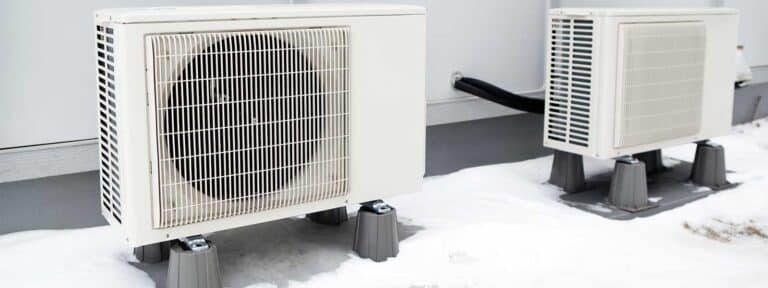What does an Air Conditioning Compressor do?
An air conditioning compressor plays a crucial role in the operation of an air conditioning system, whether it’s in a home, car, or commercial building. Its primary function is to circulate refrigerant gas and compress it to increase its temperature and pressure. Here’s a more detailed explanation of what an air conditioning compressor does:
- Circulation of Refrigerant: Air conditioners work by transferring heat from the inside of a space to the outside. Refrigerant is the medium that carries heat. The compressor starts the process by drawing low-pressure, low-temperature refrigerant vapor from the evaporator coil (inside the building) and compressing it.
- Compression: The compressor is essentially a pump that squeezes the refrigerant gas. As it compresses the gas, the volume decreases, and the pressure and temperature increase significantly. This high-pressure, high-temperature gas is now ready for the next stage of the cooling cycle.
- Heat Release: The hot, pressurized refrigerant gas is then sent to the condenser coil (located outside the building or vehicle). In the condenser coil, the refrigerant releases the heat it absorbed from inside the space. This heat exchange causes the refrigerant to change from a gas to a high-pressure liquid.
- Expansion: After releasing heat and becoming a high-pressure liquid, the refrigerant passes through an expansion valve or an orifice tube. This sudden reduction in pressure causes the refrigerant to rapidly expand, turning it into a low-pressure, low-temperature mixture of liquid and vapor.
- Evaporation: The cold refrigerant now enters the evaporator coil inside the building. Air from the space is blown over the evaporator coil, and as it passes through, it absorbs heat from the air. This heat transfer causes the refrigerant to evaporate, turning back into a low-pressure vapor.
- Repeat: The cycle repeats, with the compressor drawing the low-pressure vapor from the evaporator coil, compressing it, and initiating the heat transfer process all over again.
This continuous cycle of compression, heat release, expansion, and evaporation is what allows an air conditioning system to maintain a comfortable indoor temperature by removing heat from the interior space and releasing it outside. The compressor is one of the most energy-consuming components of an air conditioner, as it requires a significant amount of power to compress the refrigerant gas.
Have a Question? Need Help?
Our experts at AC Warehouse are here to answer your questions, not to make a sale or earn commission. Ask about equipment or get a quote over the phone—no strings attached. Contact us today to request a consultation or call us!



